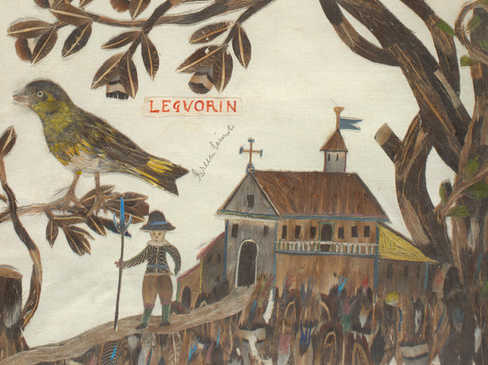What Do Butterflies and Ancient Maps Have In Common?
The Mapmaker’s Mystery…Undoubtedly this is one of the most interesting reads we’ve encountered in a long while.
Enjoy.
From Discover,
The Mystery of Extraordinarily Accurate Medieval Maps
Beautifully detailed portolan charts present historians with a puzzle: How were they made? A mathematical analysis offers some clues.
By Julie Rehmeyer
“One of the most remarkable and mysterious technical advances in the history of the world is written on the hide of a 13th-century calf. Inked into the vellum is a chart of the Mediterranean so accurate that ships today could navigate with it. Most earlier maps that included the region were not intended for navigation and were so imprecise that they are virtually unrecognizable to the modern eye.
With this map, it’s as if some medieval mapmaker flew to the heavens and sketched what he saw — though in reality, he could never have traveled higher than a church tower.
The person who made this document — the first so-called portolan chart, from the Italian word portolano, meaning “a collection of sailing directions” — spawned a new era of mapmaking and oceanic exploration. For the first time, Europeans could accurately visualize their continent in a way that enabled them to improvise new navigational routes instead of simply going from point to point.
That first portolan mapmaker also created an enormous puzzle for historians to come, because he left behind few hints of his method: no rough drafts, no sketches, no descriptions of his work. “Even with all the information he had — every sailor’s notebook, every description in every journal — I wouldn’t know how to make the map he made,” says John Hessler, a specialist in modern cartography at the Library of Congress.
But Hessler has approached the question using a tool that is foreign to most historians: mathematics. By systematically analyzing the discrepancies between the portolan charts and modern ones, Hessler has begun to trace the mapmaker’s tracks within the maps themselves…”
For the complete piece, click here.
Share


